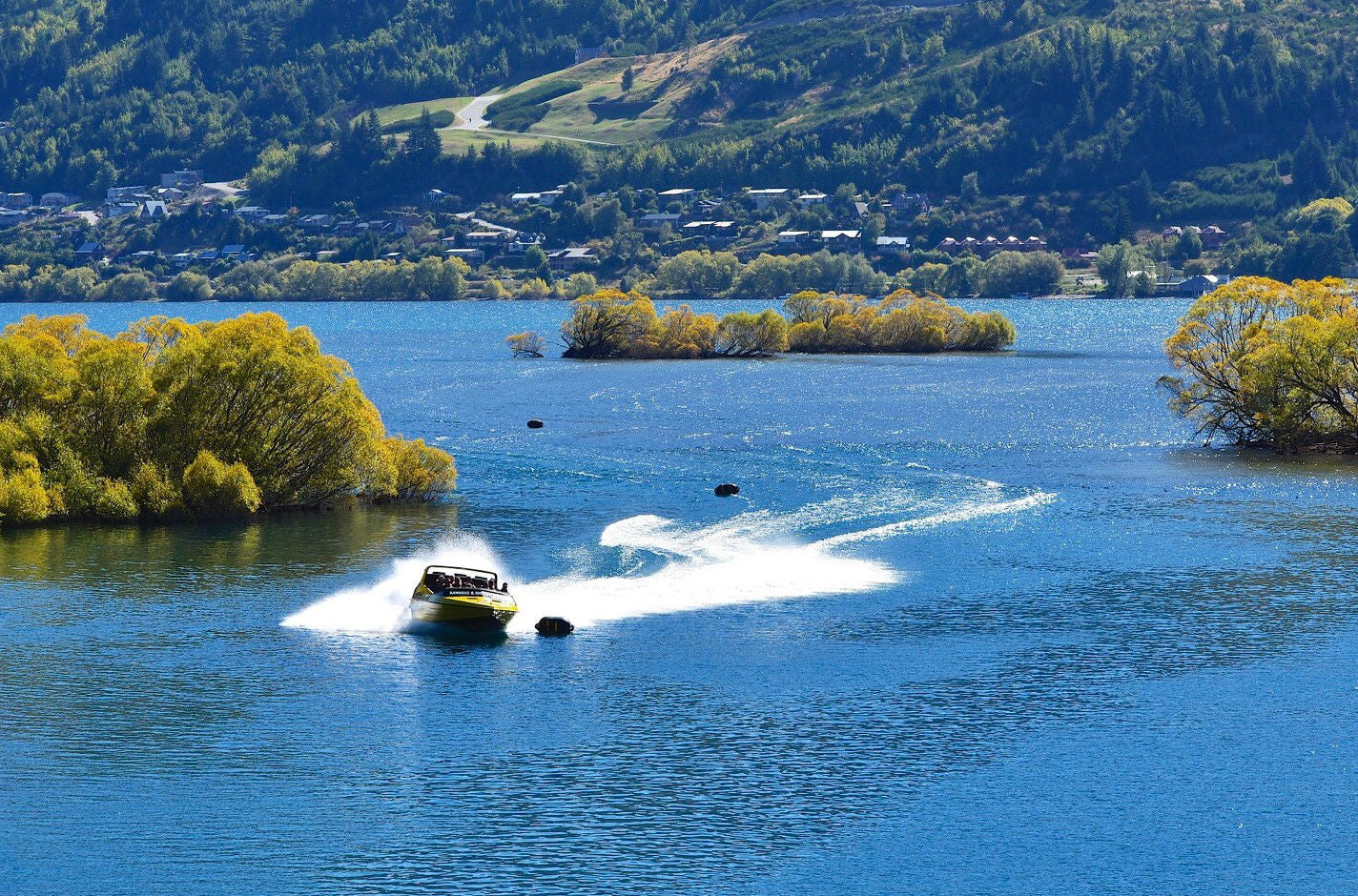
Boating is one of the best pastimes on the planet. You're out there on the water relaxing; or perhaps you're trying to catch a shark; or maybe skiing, wakeboarding or tubing. It's a hobby with a lot of variety.
It's also a hobby that comes with some risk. But with a little care, you can reduce this dramatically and keep everyone in your boating crew safe. Here's how.
Keep an eye on the weather
Know the limits of your boat and your skills in controlling it.
Quite possibly the most important thing you can do to stay safe when you're boating is to check the weather. Know the limits of your boat and your skills in controlling it. You don't have to wait for perfect tranquil weather (though, it always makes it nicer) but if you're wanting to head out into something a bit rougher, make sure you assess your capacities properly and be prepared to turn back if things start getting hairy.
You can visit the government's Marine and Ocean weather page for detailed weather readings and forecasts.
Make sure the boat has the correct safety equipment
Lifejackets are probably the number one piece of safety equipment on a boat. It's a legal requirement in NSW that vessels carry appropriately sized lifejackets for every person on board. Lifejackets have to be either visible to passengers or in a location that's unobstructed and marked with a sign that says 'LIFEJACKETS' (with red letters and a white background).
When they must be worn depends on a few factors. Children under 12 must wear lifejackets at all times on vessels less than 4.8m long, as do adults when boating between sunset and sunrise, on alpine waters, when boating alone and when on open waters.
There are a few other pieces of safety equipment you'll need to have on board: a bail/fire bucket for putting out fires and/or bailing water; a fire extinguisher; a sound signal like a whistle or a bell and a waterproof floating torch.
If you're boating on open waters, you'll also need a compass, as well as two red hand flares and two orange smoke flares. Vessels travelling further than two nautical miles from the shore must have an Emergency Position Indicating Radio Beacon (EPIRB) on board. In an emergency, an EPIRB can communicate your exact location to rescue authorities, making it a priceless bit of kit.
Watch out for yourself

On a hot, clear day, it doesn't take long for the sun to burn its victims. You'll want to have plenty of shady wearables on board (like shirts and hats) as well as lathering yourself in plenty of sunscreen. The Australian Institute of Health and Welfare estimates that 13,941 new cases of melanoma will be diagnosed in Australia this year - don't be one of them! If you're going to be out on the water for a long time, make sure you pack plenty of food and water too. On a hot day, dehydration can become a problem fast, affecting your vision, reaction times and ability to drive a boat safely.
Speaking of thirst, if you're having a few brews, it's important to be aware of the relevant laws. In NSW, the legal blood alcohol concentration limit for a skipper is 0.02 mg/L for commercial operators and 0.05 mg/L for recreational operators. Operators include those steering or controlling the course of the vessel, the observer if someone (like a skier) is being towed behind, as well as the person being towed.
Random breath and drug testing of the designated driver can take place when the vessel is underway (which includes drifting). Testing is not allowed, however, when the vessel is moored, berthed or at anchor.
After a new boat, or perhaps some new safety equipment? Get in touch with the crew at Hunts Marine to hear about our range.




